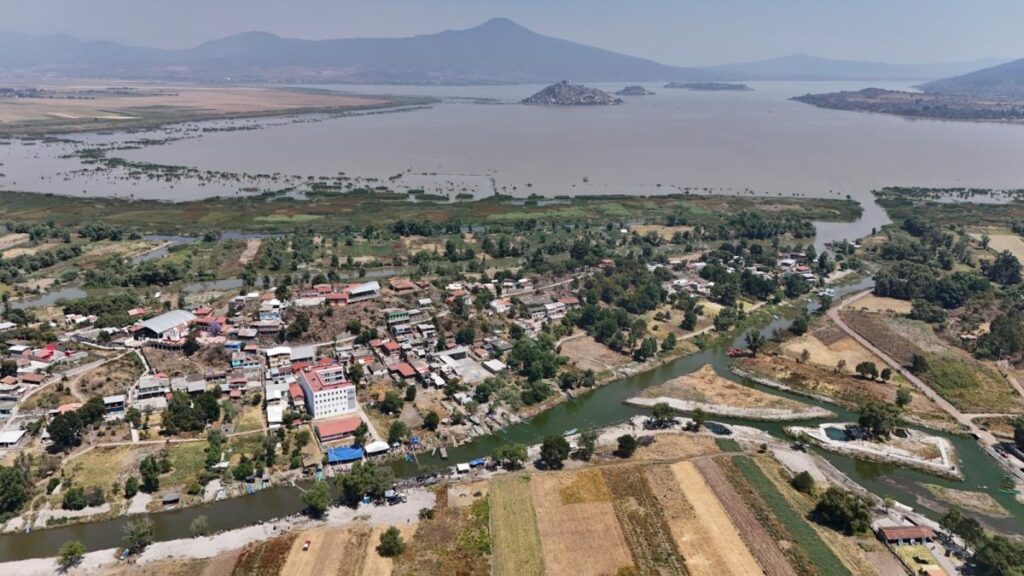Introduction to the Situation in Michoacán
Morelia, Michoacán, April 22, 2025. Through an innovative satellite technology system that monitors forests in Michoacán, the state now also ensures that over 35,000 water cisterns (“ollas”) detected across the state are not being filled with illegally extracted water from crucial bodies of water, such as Lake Pátzcuaro.
Governor Alfredo Ramírez Bedolla’s Initiative
Governor Alfredo Ramírez Bedolla announced that the “Guardian Forestal” system, originally donated by Norway’s Climate Change Institute to detect land-use changes, now collaborates with NASA and the European Union’s satellites to address this federal crime causing environmental damage.
System’s Recent Discoveries
By late March, this technology identified more than 20,000 water cisterns in the state already filled. The remaining 15,000, if filled during the dry season, would be scrutinized in coordination with Mexico’s National Water Commission (Conagua) to determine their source.
Key Municipalities and Their Cisterns
According to Michoacán’s Environmental Secretary, municipalities like Tacámbaro, Uruapan, Tancítaro, Ario, and Maravatío—major aguacate and berry exporters—have the highest number of water cisterns.
Enforcement Measures
Ramírez Bedolla explained that cistern owners must prove the legal origin of their water with bills and, if applicable, present relevant permits. Additionally, checks will be conducted near Lake Pátzcuaro to confirm the absence of illegal water extraction lines leading to cisterns.
Furthermore, elevation analyses will be conducted to locate reservoirs along streams, verifying that rainwater does not infiltrate the soil without proper Commission for National Water (Conagua) authorization.
Michoacán’s Pioneering Role
Michoacán has become a pioneer in detecting water cisterns, deforestation, and land-use changes using satellite technology through the “Guardian Forestal” program. This allows for addressing large-scale environmental crimes for the first time in the state’s history.
Key Questions and Answers
- What is the innovative system being used? The “Guardian Forestal” system, originally donated by Norway’s Climate Change Institute, now collaborates with NASA and the European Union satellites to monitor forests and water cisterns in Michoacán.
- What is the purpose of this technology? To detect illegal water extraction from crucial bodies like Lake Pátzcuaro and ensure the legal origin of water in over 35,000 cisterns across Michoacán.
- Which municipalities have the most cisterns? Tacámbaro, Uruapan, Tancítaro, Ario, and Maravatío are key aguacate and berry-exporting municipalities with the highest number of water cisterns.
- What measures are being taken to enforce regulations? Cistern owners must prove legal water sources with bills and permits. Checks will be conducted near Lake Pátzcuaro, and elevation analyses will verify proper Conagua authorization for rainwater reservoirs.
- Why is this initiative significant for Michoacán? This pioneering use of satellite technology enables large-scale environmental crime detection and management, addressing issues like deforestation and illegal water extraction for the first time in Michoacán’s history.






